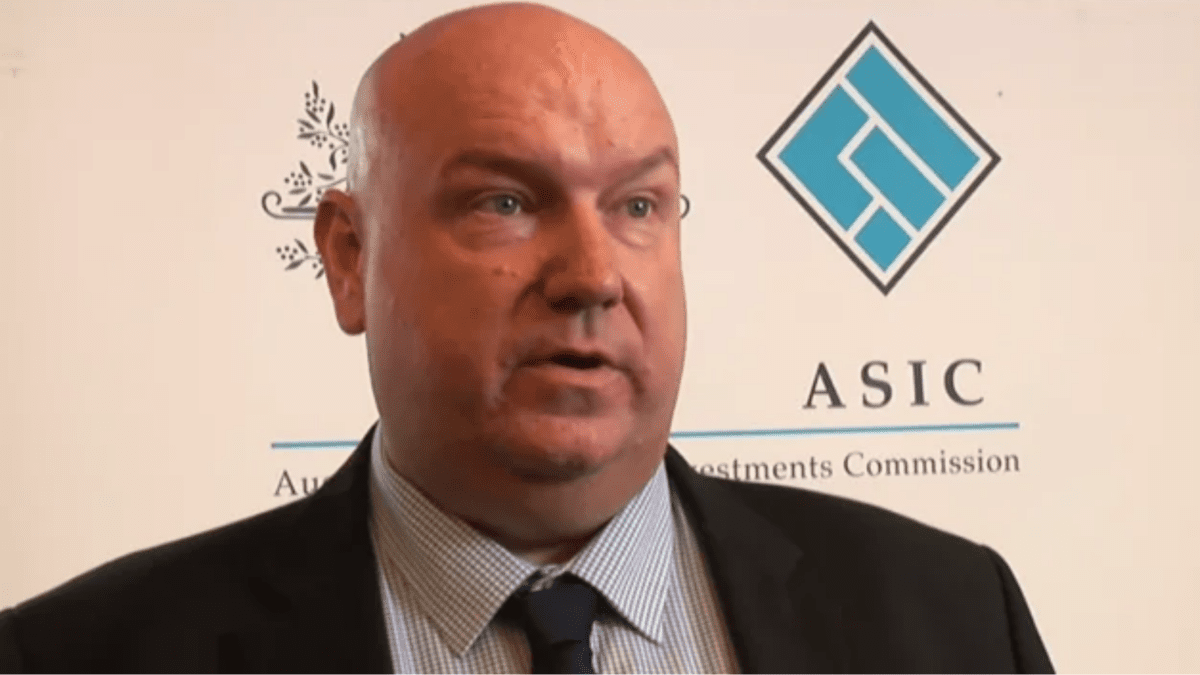Legacy pensions reform a game changer for many retirees
Retirees with legacy pensions are finally being given more control over how they manage these retirement funds following the Federal Government’s decision to introduce draft regulations allowing individuals to convert or exit these outdated pension products.
After years of waiting, these changes – they were first announced in the 2021-22 budget – will be warmly welcomed by many retirees in the self-managed super fund (SMSF) community, giving them greater flexibility after having been long tied to these restrictive income streams.
SMSF administrator NEO Super head of SMSF technical services Nicholas Ali says that this reform will have a substantial impact on retirees.
“Many retirees have been locked into these legacy products, unable to commute them or access a lump sum,” he says. “Now they have the opportunity to restructure their financial arrangements to better suit their retirement needs.”
The draft regulations, part of the Treasury Laws Amendment (self-managed superannuation funds – legacy retirement product conversions and reserves) Regulations 2024, will provide retirees with a five-year window to commute their legacy pensions into an account-based pension, roll their funds back into accumulation or take a lump sum from the super system.
“These changes will allow retirees to exit income streams that are no longer fit for purpose,” Ali tells The Golden Age. “For example, Joan, a retiree with a small market-linked income stream (MLIS) in her SMSF, has been unable to access her money without incurring additional costs. Under the new rules, she’ll be able to roll her MLIS into accumulation and take a tax-free lump sum, giving her the freedom to wind up her SMSF and manage her retirement funds as she sees fit.”
Ali stresses that this is a crucial development for retirees who have been burdened by the complexities and costs of managing their SMSFs. “For retirees like Joan, this change is a lifeline. It allows them to regain control over their retirement funds without the unnecessary administrative and financial burden.”
However, retirees need to remember there’s only a five-year window to take advantage of these changes. “It’s important for them to seek advice as soon as possible,” Ali cautions. “There’s a risk that some may not move quickly enough to benefit from the new rules, and they could miss out.”
Ali also highlights that the changes will address long-standing issues around reserves associated with legacy pensions. For example, Arnold, a retiree with a large complying lifetime pension and an associated reserve of $320,000, would have faced a slow, complex process in allocating his reserves to other fund members. Under the new regulations, the full amount of the reserve will be allocated to his account, allowing it to be paid as a lump sum death benefit to his children.
“Retirees who have struggled with reserves tied up in these products will finally have the chance to access these funds in a more straightforward and equitable way,” says Ali. “For many, this could significantly ease the financial management of their superannuation.”
Despite the positive aspects of the changes, Ali warns that retirees need to remain vigilant about how the new rules could impact other aspects of their retirement. Commuting legacy pensions may affect Centrelink benefits as the capital in these pensions could now be assessed under the assets test. Retirees with significant balances nearing the transfer balance cap also need to be careful not to breach contribution caps.
“The new rules present both opportunities and challenges,” says Ali. “Retirees need to carefully assess how commuting their pensions might impact their overall financial situation, particularly in relation to Centrelink entitlements and contribution limits.”
With the Government’s consultation period open until October 8, 2024, retirees are being urged to consider their options now. “This is a once-in-a-lifetime opportunity for retirees to reshape their retirement funds. But the window is narrow, and they need to act fast to make the most of these changes.”









